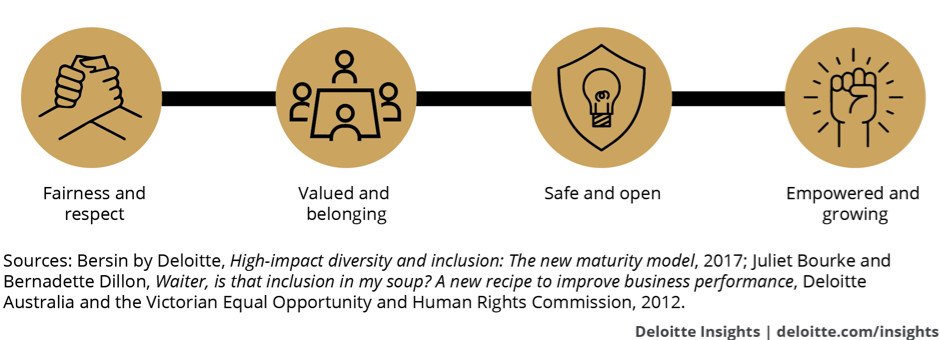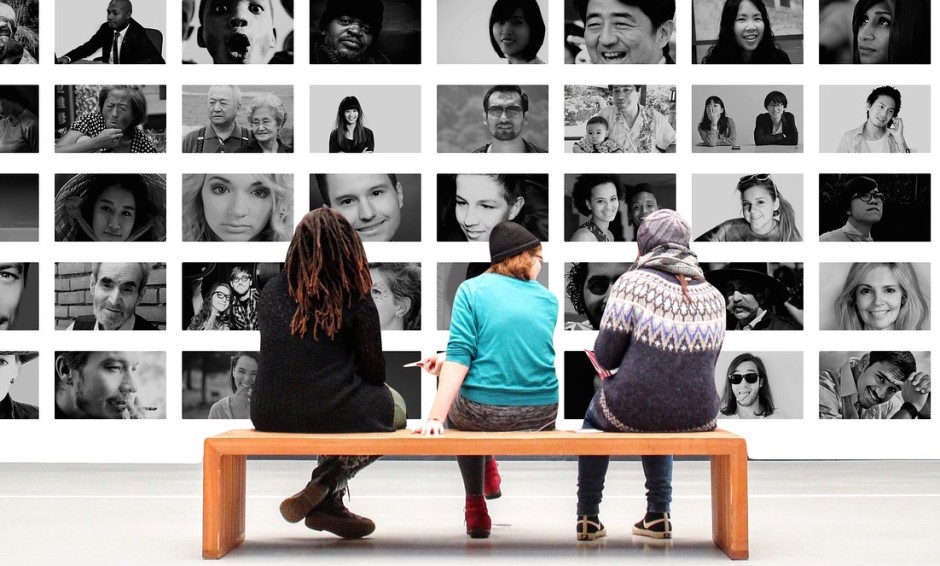Organisations with a highly diverse employee population routinely report higher engagement, increased productivity and have a better overall company performance than the industry average.
Most global leaders understand the impact that a diverse work culture has on their bottom line, but still struggle to create a lasting inclusive environment.
Diversity and inclusion needs to be more than a task as part of a business strategy, or a short-term goal that is measured by a headcount that may leave. It is a global, strategic initiative that must encompass the entire employee lifecycle.
1. Allocate ownership
While placing ownership with a CHRO or a Head of Diversity & Inclusion may seem a logical choice, companies who put the ownership squarely in the hands of one department usually fail at creating a truly lasting inclusive work environment.
Diversity and inclusion needs to be a focus for everyone in an organisation, with the senior leadership team leading the way. It needs to be a cornerstone of the business strategy and the way the organisation operates, with ownership for change at every level.
2. Define what it means for your organisation
Each organisation is different and may have different views on what diversity and inclusion means for them, as well as areas they need to focus first. Some may want more women in leadership roles, while others could use an influx of younger talent.
While diversity may group people based on different characteristics and help to ensure a broader range of thinking, what people want from an inclusive environment in order for them to best contribute to their organisation is often very similar.
As outlined in Deloitte’s model below, people want fairness and respect, to be valued and have a sense of belonging, to feel safe and able to be open, and to feel empowered and that they are growing.
Deloitte’s Inclusion Model

3. Act with purpose
Diversity and inclusion is more than just hiring a greater range of people, although that is an important first step. It is about including them into the very fabric of your organisation, helping them to contribute to their full capacity and supporting them throughout their career. Inclusion is something you feel—a feeling of belonging despite any differences you may have at an individual level.
Seek out immediate opportunities for improvement, whether that is hiring more part-timers, restructuring certain roles for remote working, or enabling employees’ voices to be heard in a greater range of ways. Look for unconscious bias at an organisational level, and then find ways to address it.
4. Build in accountability
Change is always uncomfortable, even if it is wanted. Creating accountability sends the message that diversity and inclusion is important and something you aim to achieve.
Track and measure your performance across the business against the goals you set. Let employees know how you are doing towards your target. Creating a culture of inclusivity requires everyone to take part.
Embedding diversity as a core value and creating an inclusive working environment should impact the entire employee lifecycle, from talent acquisition through to talent management and succession planning. Regular monitoring and evaluation of the success of your program at each stage of your employees’ experience will bring further insights and opportunities to improve your workplace experience.
For more about how organisations can create a sustainable diversity and inclusion environment, read Deloitte Insights Diversity and Inclusion Collection and McKinsey & Company’s Why Diversity Matters.



 Kalkin Cao
Kalkin Cao Steve Brown
Steve Brown Lorraine Hwang
Lorraine Hwang Finian Toh
Finian Toh Elaine Khoo
Elaine Khoo René Rosso
René Rosso Kirsty Jucker
Kirsty Jucker Andrea Merrigan
Andrea Merrigan Orelia Chan
Orelia Chan Stanislav Medvedev
Stanislav Medvedev Fleur Daniell
Fleur Daniell Tim Rayner
Tim Rayner Nicola Hasling
Nicola Hasling


